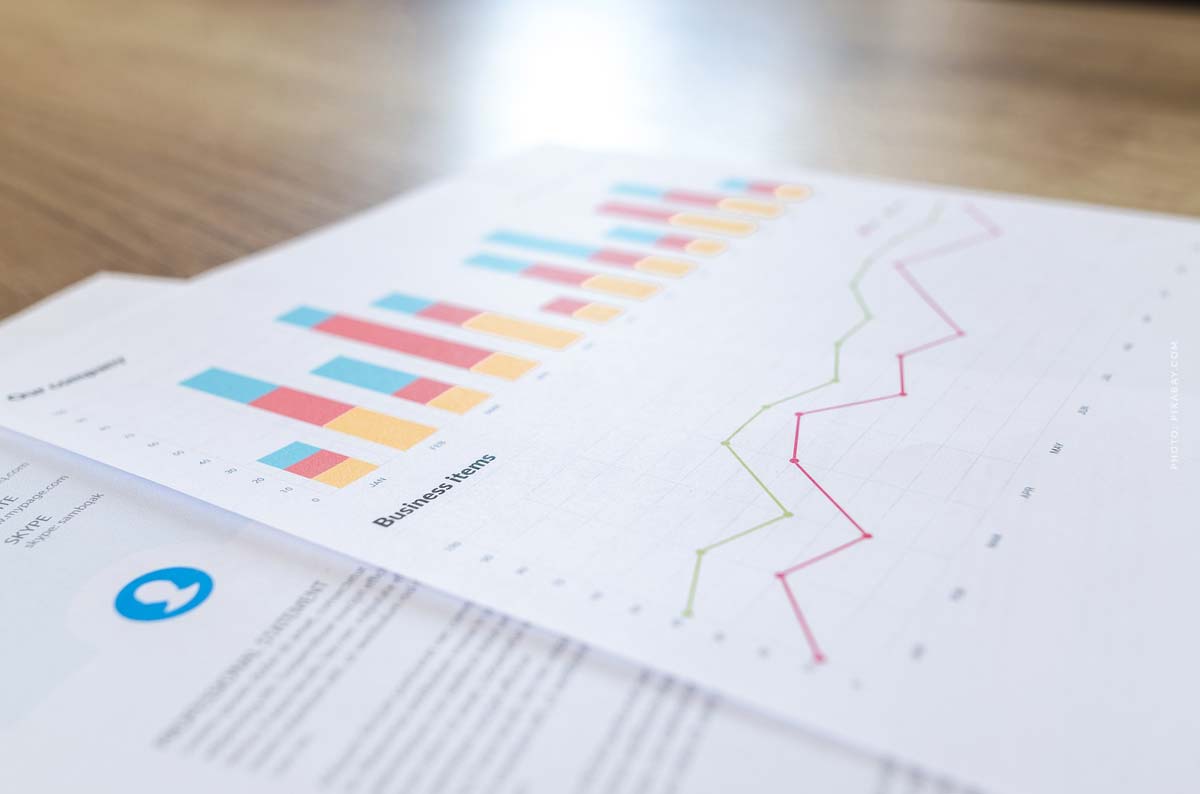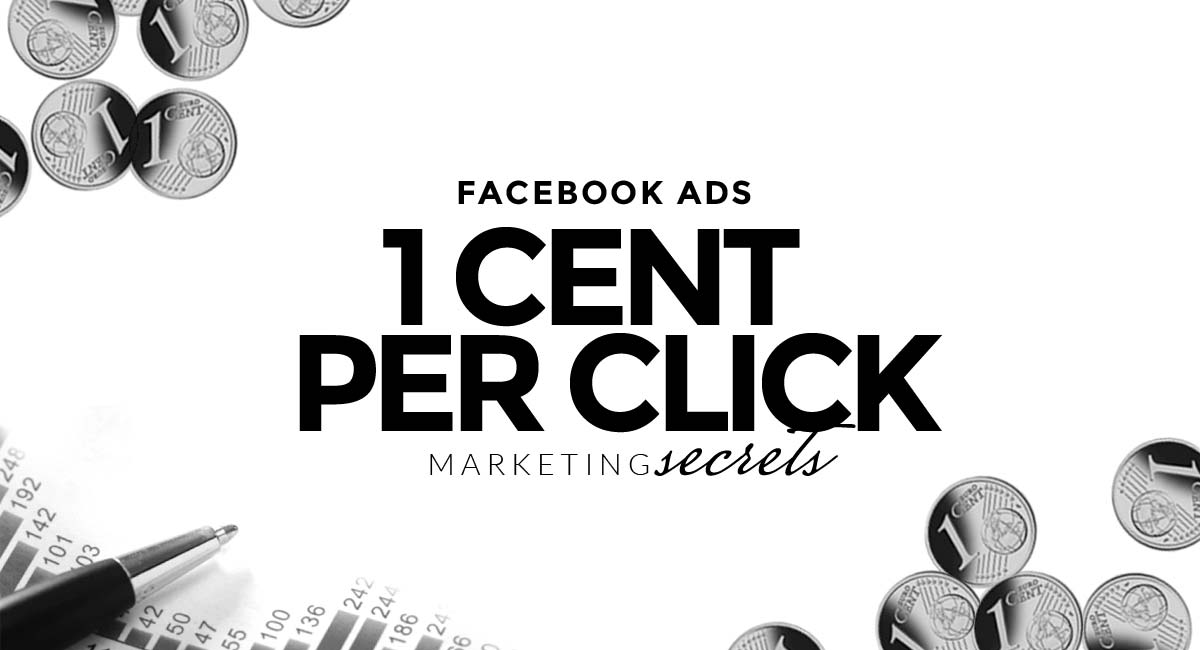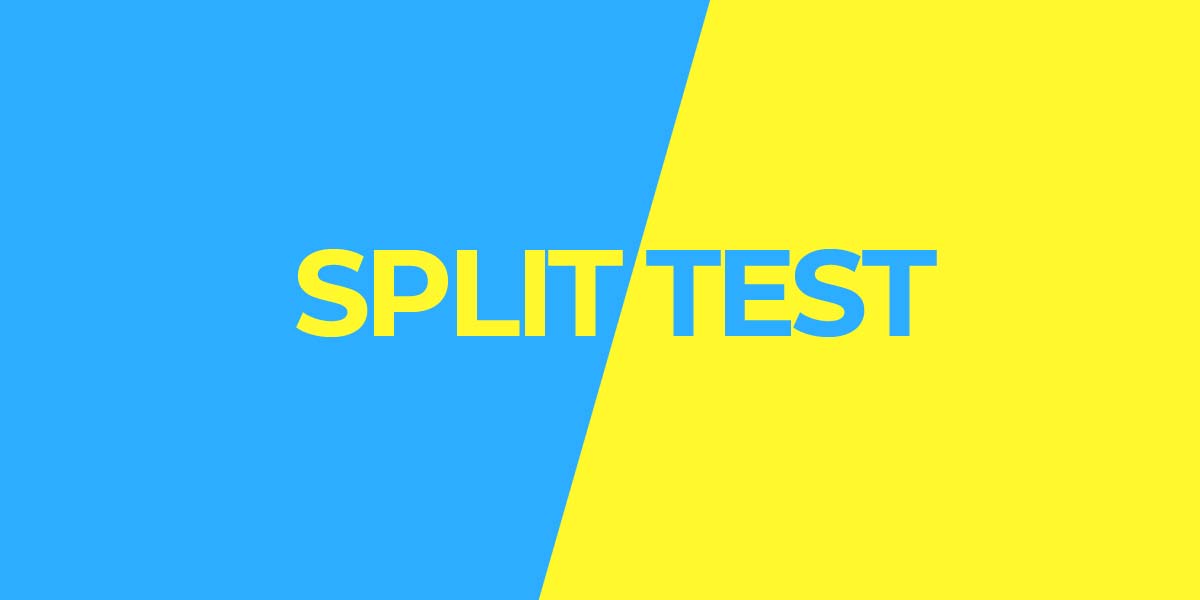Click Through Rate (CTR) – Measuring Success in Social Media
The click through rate (CTR) is an extremely important indicator in reporting and monitoring. As a key figure, the click rate provides information about the relation between the views, the so-called sightings, and the clicks. The higher this percentage, the more successful the campaign.
A little extra tip, if you read this article, you will understand the entire basic model of ad management. At the end there is then the click rate for the evaluation and success evaluation of the individual campaigns.
Objectives of the clicks: Conversion
Why are the clicks actually registered? The ultimate goal of organic reach but also paid reach is to attract prospects or potential customers to online offerings. For example, to the online shop, where you can buy a new trend product, or to the newsletter Funnel, where you can register.
If you now compare different postings with each other, you draw among others the click rate as a success factor add. In this way, several postings or their successes can be compared with each other. A small calculation example for the calculation of the click rate:
- A social media posting reaches 1,000 people,
- Of which 50 click on the offer,
- Gives a click rate of 5%.
Behind the click rate is the so-called conversion. Of course, it’s not only how many people click on the offer that matters, but also the corresponding country page, in the technical term Landing Page, must be optimized in such a way that the desired goals are achieved.
The decisive factor in the evaluation of postings and campaigns, whether social media advertising or advertising in search engines, remains the click rate.
Campaigns Level 1: Separation according to media and content
For real campaigns, up to 20 different media contents are often played off against each other in a split testing. These can be e.g. different photos, graphics, small videos or also longer videos. Each of these postings gets different descriptions, one video gets a very short and concise description, the second video gets a description with many emoticons and the third video gets a very detailed description. The same is not only tested with the videos against each other, of course also with every single photo and with every single graphic. The result is a multitude of different campaigns that are tested against each other, with sufficient media budget.
So the first campaign level looks like media content, against each other different levels are tested:
- Photos and pictures
- Graphics and image montages
- Short videos, so called snack content, less than 10 seconds
- Longer videos, between 10 and 30 seconds
In addition, different types and forms of descriptions are tested against each other. In the simplest form these can be e.g. the following forms:
- Short description with few emoticons
- Short description without emoticons
- Short description with many emoticons
- Longer description with, without and with many emoticons
- Short description with capital letters, with, without and with many emoticons
Now not only different formats can be tested against each other, of course also the contents can deviate from each other and the formulations. Ultimately, hundreds of individual campaigns can be created theoretically and, of course, practically simply by changing the media content. How do you compare their success? The click rate is used here.
But we are not at the end yet, Facebook advertising, Instagram, YouTube and of course other social networks like Xing, LinkedIn, Twitter and many more, not only live from different media content when it comes to campaigns and advertisements, of course it is also about the target groups. Especially the precise targeting of target groups with selected media content makes social media advertising but also advertising on search engines so efficient and promising for brands, services and products. For this reason, campaigns are additionally split according to target groups.
Level 2 campaigns: separation of target groups and demographics
In the second level, blind testing directly goes even deeper, now the target groups are separated on the basis of demographic data, personal data but also information such as interests and affinities. The media content, which was already divided into individual clusters, is only expanded once more by the variable target groups. Thus a certain media content, e.g. photo or video, is matched with a certain type of description, longer or shorter, more or less emoticons, with a certain target group, male or female, 35 to 40 years, 15 to 20 years. This results in the individual campaign groups.
Not only personal data can be retrieved, but also age, gender and marital status. In addition, interests and hobbies can also be called up, so that automobile manufacturers address target groups that have a high affinity for certain vending machines. Depending on which pages or channels the users have marked with Like or which channels or users they follow, individual, targeted groups can be created.
It goes even further, not only personal data and interests, but also geographic data can be included in the campaign creation. Do you only want to reach people from the Berlin area? Do you only want to reach people from the United States? Should only people be reached who live within a 40 km radius of the New York metropolis? You can use any filter you want. You can even call up people in Los Angeles or in Hamburg who are currently there. For example, you can reach tourists in Hamburg and Los Angeles who do not actually live here. Wow. Wow.
Monitoring and performance evaluation by click rate
After a certain test period, which of course depends on the media budget, he can make statements about which campaigns were successful and which were not. If, for example, you equip each advertisement with a monthly budget of 5000 €, you can draw conclusions about the results relatively quickly. Media budget must be set directly high, especially for testing. Once the successful individual campaigns have been identified, the media budget can be reduced. And that’s why start-ups and smaller companies have to reckon with an entry of at least 2000 € per month in order to calculate meaningful results. Because in the end you pay with every euro of range, only by sufficient results conclusions can be drawn. If you want to compare e.g. 20 campaigns with each other, then the click rate helps.
Once again the basic formulas:
- Impressions (Views) / Clicks = Click rate
Accordingly, individual values will be calculated for each individual campaign. These can be compared with each other.
- Campaign AA ( photo motif 1, description 1, target group 1 ) reaches 5000 people, 100 of them click, click rate is 2 percent
- Campaign AB ( photo motif 1, description 1, target group 2 ) reaches 7500 people, 75 of whom click, click rate is 1 percent
- …
- Campaign BA ( photo motif 2, description 1, target group 1 ) reaches 8000 people, 280 of them click, click rate 3.5 percent
- Campaign BB ( photo motif 2, description 1, target group 2 ) reaches 3000 people, 450 of them click, click rate is 15 percent
- …
If this small preselection is now evaluated, it can be concluded that the following campaigns were the most successful:
- Campaign BB with 15%
- Campaign BA with 3.5%
- Campaign AA with 2%
- Campaign AB with 1%
And from this we conclude as a social media agency or you for your social media advertising, the photo motif 2 was definitely better received than photo motif 1. The overall average of target group 2 had a higher conversion than target group 1.
The media budget for campaign AA, campaign AB and campaign BA will be cut accordingly. The surplus is then put into campaign BB.











 4.9 / 5.0
4.9 / 5.0